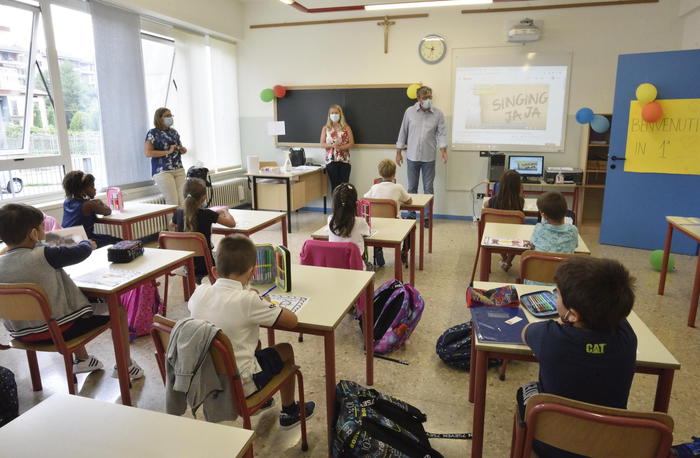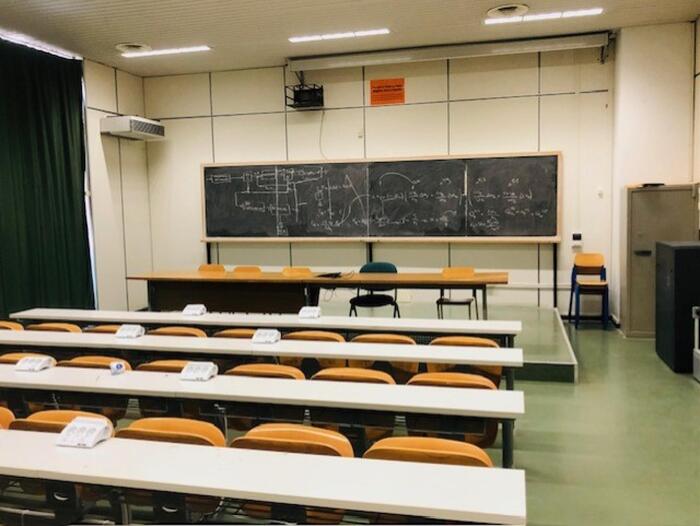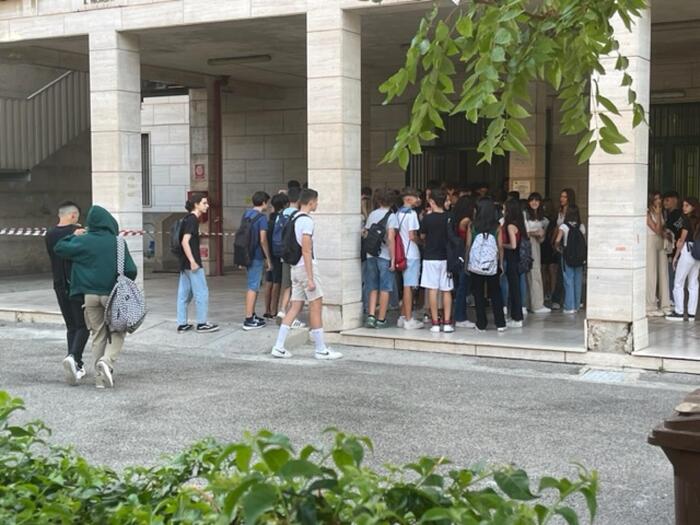In this year and a half of closures, Dads and more or less successful attempts to give continuity to education in our country, it is possible that someone has got lost along the way. In a situation that is already not rosy. To realize this, just look at the data of the latest Eurostat report on early school leaving, in which Italy - despite a clear improvement compared to 10 years ago - is still far from the target, set at European level, of 9% to be reached by 2030. Despite having gone from a dropout rate of 18.6% (on an EU average of 13.8%) in 2010 to that of 13.1% in 2020, in fact, the percentage is still far beyond above the minimum reference value (which stands at 9.9%).
To better understand the situation, our country is among those where young people between 18 and 24 are most often stopped in the first cycle of education. They left the education system without obtaining a high school diploma or equivalent. Worse than us only Iceland (14.8%), Romania (15.6%), Spain (16%), Malta (16.7%), Turkey (26.7%). Light years away from the most virtuous Croatia (whose figure - 2.2% - is however partial), Greece (3.8%), Slovenia (4.1%) and Ireland (5%).
If we consider only the context of the Europe of 27, we are in fourth place in this not very honorable ranking. A wooden medal that in any case represents a goal achieved: 10 years ago the European institutions set themselves the collective goal of reducing early school leaving to 10% by 2020, assigning Italy a less challenging target of 16%. In short, mission accomplished, but there is not so much to celebrate, as the analysis carried out by the Skuola.net portal underlines.
Furthermore, those who left their studies so early did not always do so in order to carry out a work activity. In Italy, of the 13.1% who did not complete the secondary cycle, only about one third are employed (4.3%). And if among the remainder (8.7%) the majority still have in mind to find a job (6.4%), there are not a few who do not even intend to look for it (2.4%); are the so-called NEETs (Neither in Employment or in Education or Training, people not engaged in either study or work activities)
But these, as mentioned, are data from 2020 (referring to the immediate past). In between, to get to today, a pandemic has passed. With all the difficulties that we have known well and that have affected the school but also, in the private sector, a large number of families. Impossible not to count the damage. Also because an indication of what may have happened in the last 12 months, in terms of early school leaving, was given by the latest INVALSI data (2021) on the results of the grade 13 test. at the end of school.
From the numbers published by the research institute, it is certainly not possible to trace how many children, in this difficult period, have decided to leave school. But it is possible to establish how much the so-called "implicit dispersion" amounts to: that value that describes how many students now graduating, despite being regularly enrolled and having reached the end of their education, actually possess only a minimal part of the skills they should have acquired. during high school. How, in short, if they had stopped in the eighth grade or in the second grade.
Well, the balance is dramatic: if in 2019 the implicit dispersion stopped at 7% (a value, however, high) in 2021 it reached the peak of 9.5%. With percentages that, in some southern regions, have largely exceeded the double digits (Calabria 22.4%, Campania 20.1%, Sicily 16.5%, Puglia 16.2%, Sardinia 15.2%, Basilicata 10, 8%, Abruzzo 10.2%). That is to say that, for example, in Calabria 1 student out of 5 who has reached the threshold of the diploma will find all those difficulties of insertion that any citizen in possession of a third grade license would have. With the only difference that you have the highest ranking "piece of paper" in your pocket.
If this is the situation at school after a year and a half of Dad, it is probably not advisable to hope for an improvement in the "losses" of all those who have really strayed from it. For now it is only a suspicion but, perhaps, soon the new Eurostat surveys will confirm this: it is young people who have paid the most for the social burden of this pandemic.
"The situation is becoming more and more dramatic and is there for all to see - highlights Daniele Grassucci, director and co-founder of Skuola.net - also because year after year accumulating young people who do not graduate or who only bring home" the piece of paper "leaving the skills at school, it is inevitable that the so-called NEETs will grow: children aged between 20 and 34 who do not study or work. There, yes, we are the absolute first: they are 29.4% of the total population in that age group. Almost double the European average of 17.6%. Translated into absolute numbers, it means over 2 million people. As many as those that fill an entire school cycle. A practically door-to-door recovery strategy must be envisaged for themunder penalty of a lifetime subscription to income support measures or to casual or illegal jobs ".









